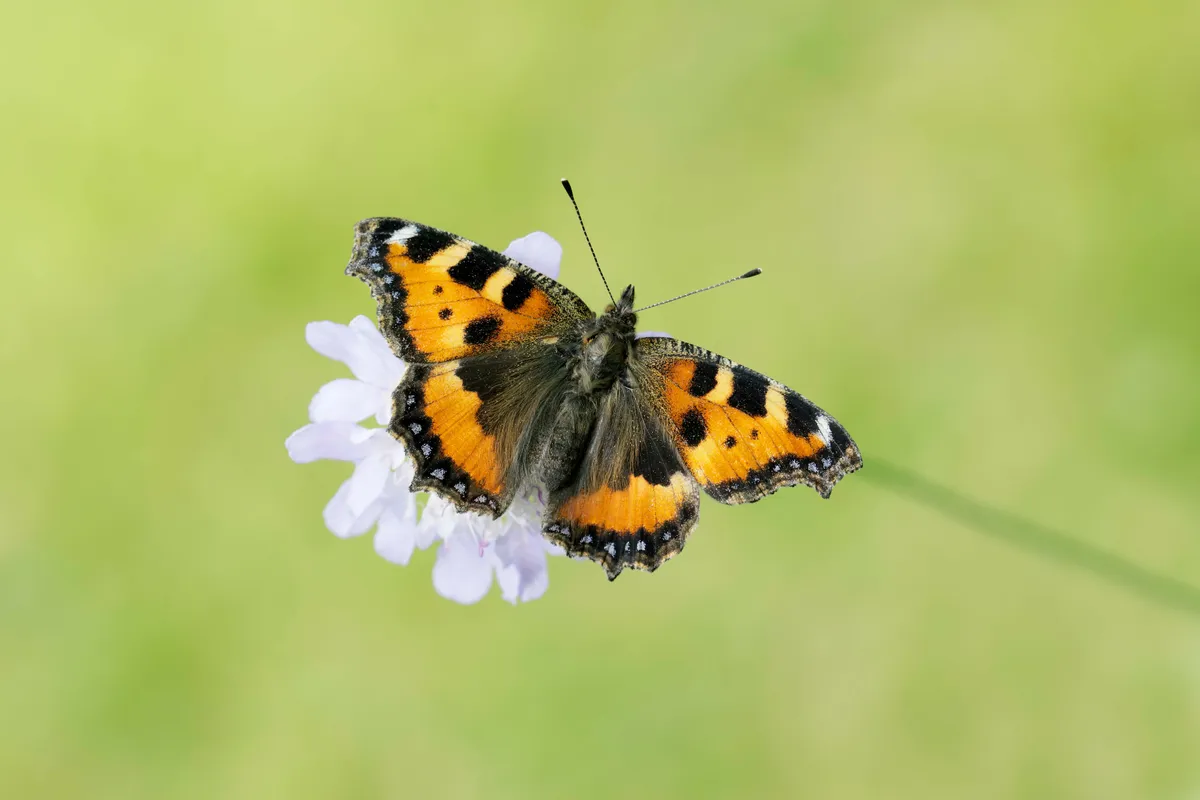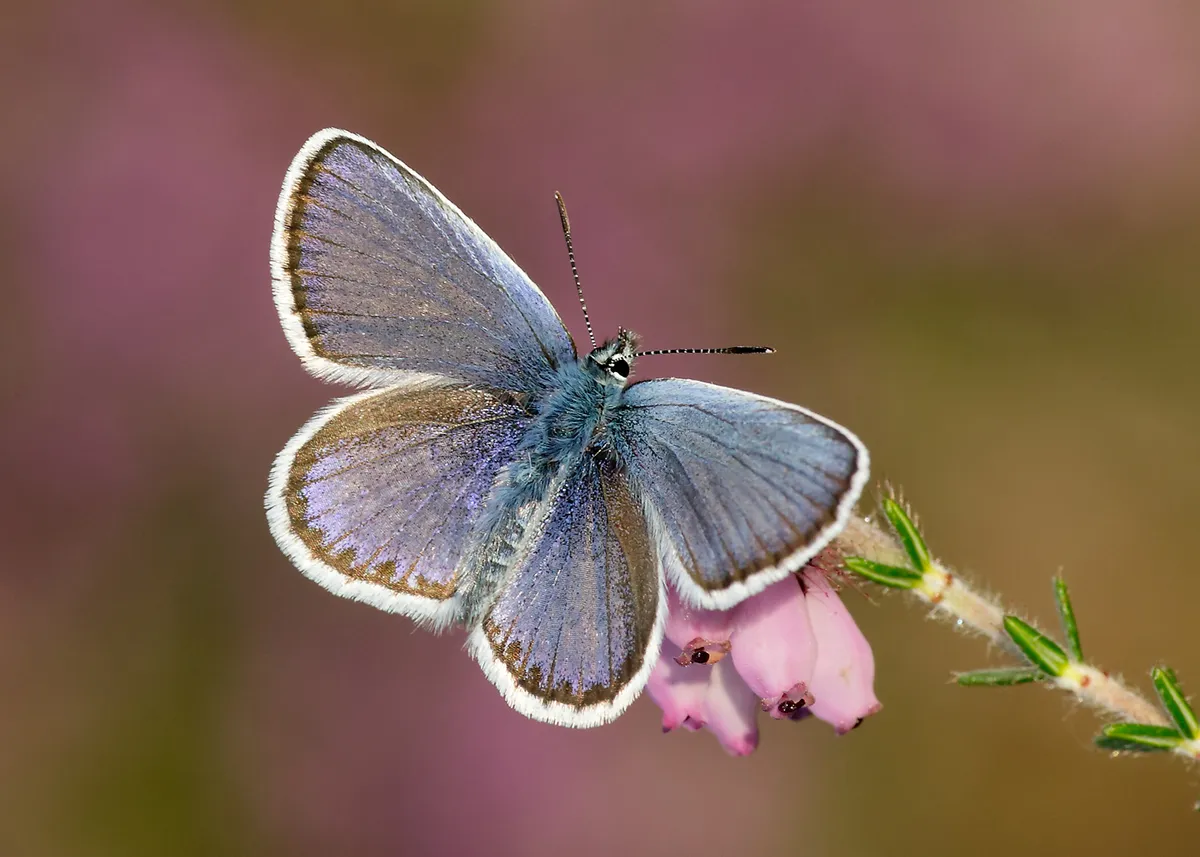The latest results from UK Butterfly and Monitoring Scheme (UKBMS) show that 2020, whilst a bad year for humans, was a ‘good’ year for butterflies, with nearly half a million records submitted.
It was the third good year in a row, but butterfly conservationists warn that what makes a good year is changing.
“Almost half of our butterfly species (27 of 58 species) were recorded in below average numbers last year,” says Dr Richard Fox, Butterfly Conservation’s Associate Director of Recording and Monitoring. “It is worrying that, even after three good years, population levels of so many butterfly species continue to be down compared to 40 years ago, with just under a third (31%) of butterfly species assessed in the UK showing long-term declines.”
“We need to be wary of shifting baseline syndrome, whereby we forget (or never experienced) the greater biodiversity that occurred in the UK in former decades and therefore lower our expectations and aspirations for conservation. Here the UKBMS has a vital role to play in showing how insect populations have declined over time.”

Some widespread species such as brimstone and orange-tip were seen in good numbers. The small tortoiseshell has a good year, but is still showing a serious decrease in abundance by 79% since 1976.
A number of species that are the targets of conservation action also had good years, including large blue, silver-spotted skipper, silver-studded blue and Duke of Burgundy.

In contrast, 2020 was a bad year for the small pearl-bordered fritillary which had its third worst year on record, and populations have declined by 68% since 1976. Populations of wall, grayling and small skipper were also relatively low last year.
“Despite 2020 being a challenging year for data gathering and conservation activity, we received nearly half a million records from more than 2,500 sites over the year,” says Dr Marc Botham, Butterfly Ecologist at the UK Centre for Ecology & Hydrology.
“We are incredibly grateful to the thousands of volunteers who were able to carry out COVID-safe monitoring and maintain this invaluable long-term dataset. This enables scientists to better assess how butterflies are faring as well as the health of our countryside generally. Thanks to volunteers’ efforts and advances in analytical methods, we were able to report on population levels on all but one of our UK butterfly species in 2020.”
UKBMS is run by Butterfly Conservation, UKCEH, British Trust for Ornithology (BTO) and Joint Nature Conservation Committee (JNCC). The sightings come from weekly counts along defined transects between April and September, with additional sightings fed in from the Wider Countryside Butterfly Survey and from targeted species surveys.
Largest long-term decreases and increases in abundance of UK butterflies
Species: Long-term UK trend (Date period)
- Heath fritillary: -91% (1981-2020)
- Wall: -87% (1976-2020)
- Wood white: -83% (1979-2020)
- Small tortoiseshell: -79% (1976-2020)
- White-letter hairstreak: -78% (1976-2020)
- Lulworth skipper: -76% (1992-2020)
- Small skipper: -71% (1976-2020)
- Grayling: -71% (1976-2020)
- Small pearl-bordered fritillary: -68% (1976-2020)
- Pearl-bordered fritillary: -66% (1976-2020)
Species: Long-term UK trend (Date period)
- Large blue: 2191% (1983-2020)
- Clouded yellow: 649% (1979-2020)
- Silver-spotted skipper: 640% (1979-2020)
- Large heath: 443% (1990-2020)
- Black hairstreak: 435% (1995-2020)
- Ringlet: 364% (1976-2020)
- Silver-washed fritillary: 257% (1976-2020)
- Red admiral: 254% (1976-2020)
- Dark green fritillary: 246% (1976-2020)
- Comma: 197% (1976-2020)
